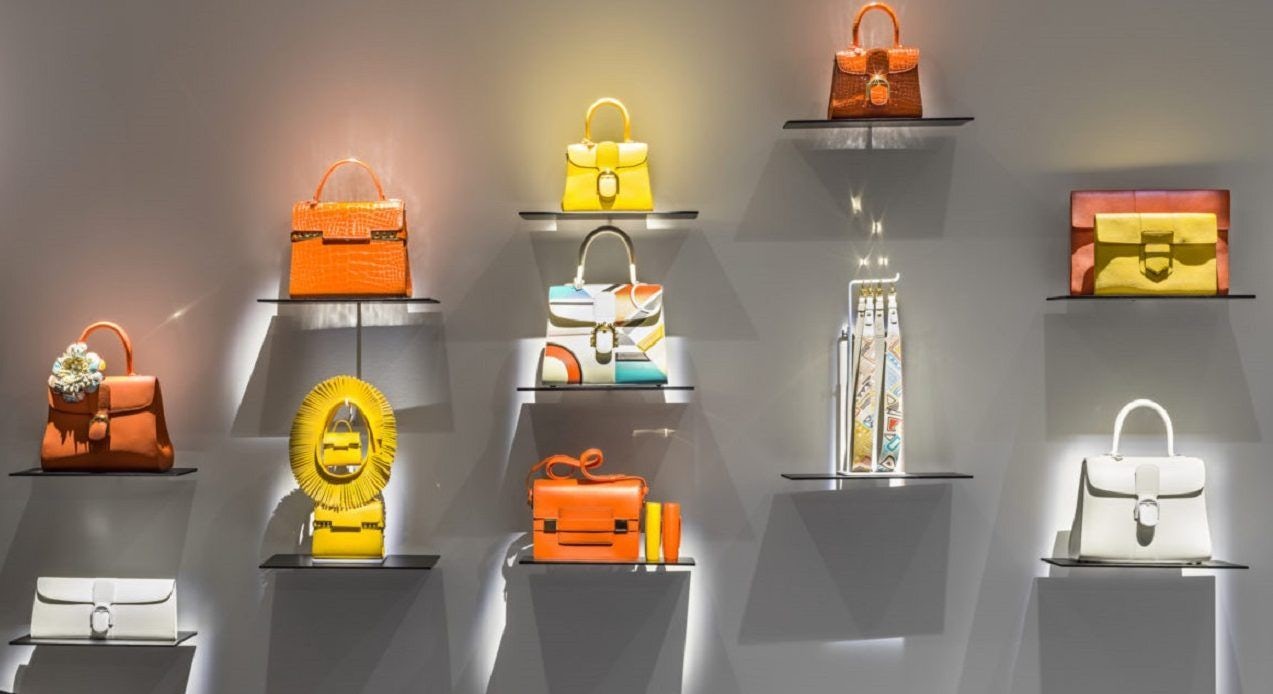The Fung family, which developed a big empire with their Li Fung Group (which covered many fields like trading, logistics, distribution, and retail), decided to jump into the luxury world early this decade with a dedicated investment Fund called First Heritage Brands. In 2011, they acquired the Belgium leather goods brand Delvaux, followed by Clergerie (a high-end French footwear company), and finally, Sonia Rykiel, which has been its biggest investment thus far.
Sonia Rykiel: the disaster scenario
#
In 2012, the Rykiel family was looking for tangible help opening more stores around the world, which would require a lot of cash. The accessories line, especially the shoes, was doing quite well wholesale, and they were also looking for a refreshing new designer to translate the Sonia Rykiel DNA into new products.
When meeting with Fung executives, the daughter of Sonia, Nathalie Rykiel, thought she met the right partner to push the brand internationally. She stated publicly that LVMH or Gucci Group (previously, Kering) aren’t the only options out there. But her dreams vanished quickly. First Heritage Brands quickly adopted an ultra-conservative and cautious approach. Instead of expanding the brand’s footprint, they focused on reorganizing and on how they could save money to improve the company’s ROI. It was not a plan to open stores at all.
Then they hired a new designer to manage the Paris studio: French designer Julie de Libran. Coming from Louis Vuitton, Libran was certainly a talented and experienced designer, but maybe not the right fit for the Sonia Rykiel DNA. A younger and more rebellious designer with a more aggressive approach to brand expression would have been a much better fit; someone with a disruptive approach to design would’ve helped the brand to relaunch in new, social media-dominated markets. The brand’s message could’ve easily appealed to many on the internet if it had been adapted correctly. Sonia Rykiel was a famous feminist who placed a strong emphasis on empowering women. In the early 2000s, Sonia Rykiel stores were even selling sex toys along with their knitting collections and accessories. It was a way to express sexual freedom, something that could’ve resonated well today.
Year after year, good elements from the company vanished and little was done to attract young, enthusiastic people. The outcome was a disaster: The brand went from total sales of 100 million € in 2011 to around 20 million in 2018. In 2016, after shutting down even more jobs, Fung executives coldly declared that if the team did not manage to improve soon, they would essentially terminate the brand. Today, Sonia Rykiel is desperately looking for a new investor and, so far, not many offers have come up.
Clergerie: a rather flat result
#
The story is a bit similar with Clergerie. The First Heritage Brands didn’t do much early on — they merely tried to reorganize a bit and even gave Clergerie the responsibility of managing the Sonia Rykiel shoe divisions, which were doing quite well in the 2000s. But that strategy did not work in the end. The brand studio was not doing well, and it was difficult for Clergerie to create something relevant.
In 2017, Clergerie managed to hire a new designer and even open a new store in the U.S. — something that was supposed to be a priority for the brand. The situation is much better now, but the brand started at a much lower level than Sonia Rykiel with only about 20 million in sales.
It would require much more for Clergerie to close that gap.
The problem here is the Fung family. Although they’re from China, they did not put any emphasis on China or Hong Kong. It was as if they were not confident about the ability of Sonia Rykiel or Clergerie to succeed in China despite the family’s connections. The only thing they tried to implement was a second “Sonia” line launch in China, but they did it very discreetly and in bad locations without any connection to existing Sonia Rykiel outlets. It was a desperate gesture that did not make sense strategically.
Delvaux: the promising one
#
Slowly but surely, First Heritage Brands managed to update their brands’ expressions, which helped wake them up. They even managed some store openings in China, which is rare for Fung family brands. The moves were done slowly and carefully.
Seen as the Hermès of Belgium, Delvaux had created an exceptionally high-end brand status, and that sense of exclusivity was well preserved when Fung bought it. Their purpose was not to become a new Louis Vuitton or Gucci with huge marketing costs but to remain a small, highly-sought-after brand. Managed by a former LVMH executive, they offer an interesting alternative by emphasizing strong authenticity. With Delvaux, it’s less about marketing and more about making really beautiful products.
Despite adopting new marketing and communications strategies, it is still a bit difficult to understand Delvaux’s true DNA compared to top brands like Hermès. The brand would need more time to form its distinct personality, which might take a while. They also need to extend their assorted products a bit, something that’s likely already in the works. But overall, Delvaux’s results are quite satisfactory: Sales stood at €20 million when the brand was purchased in 2011 but have reached € 100 million recently.

